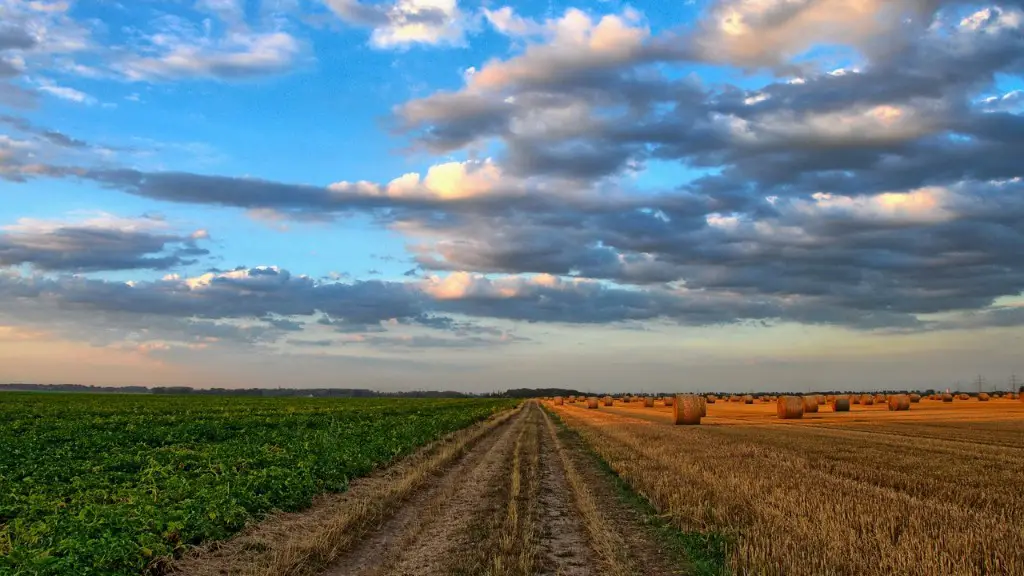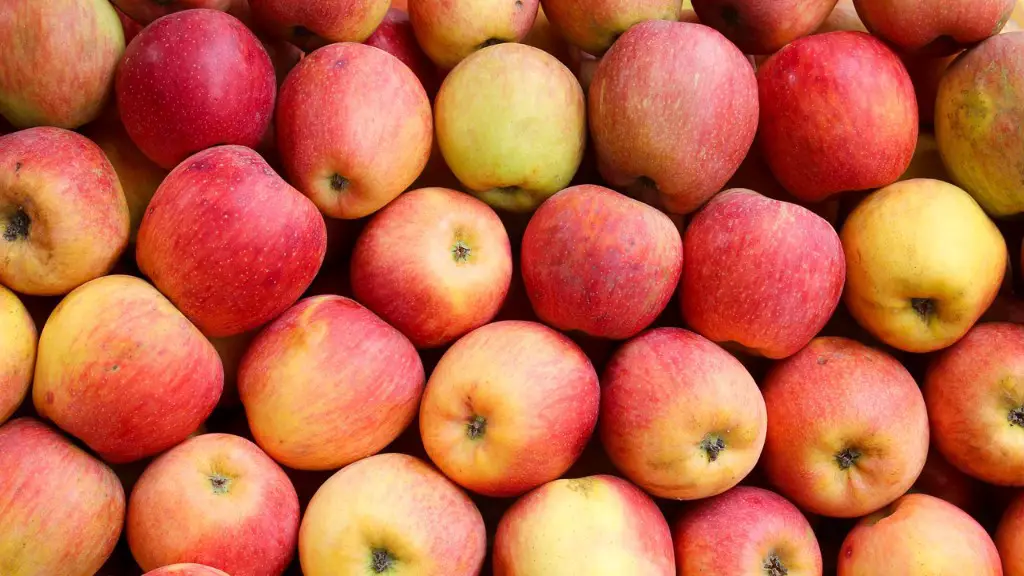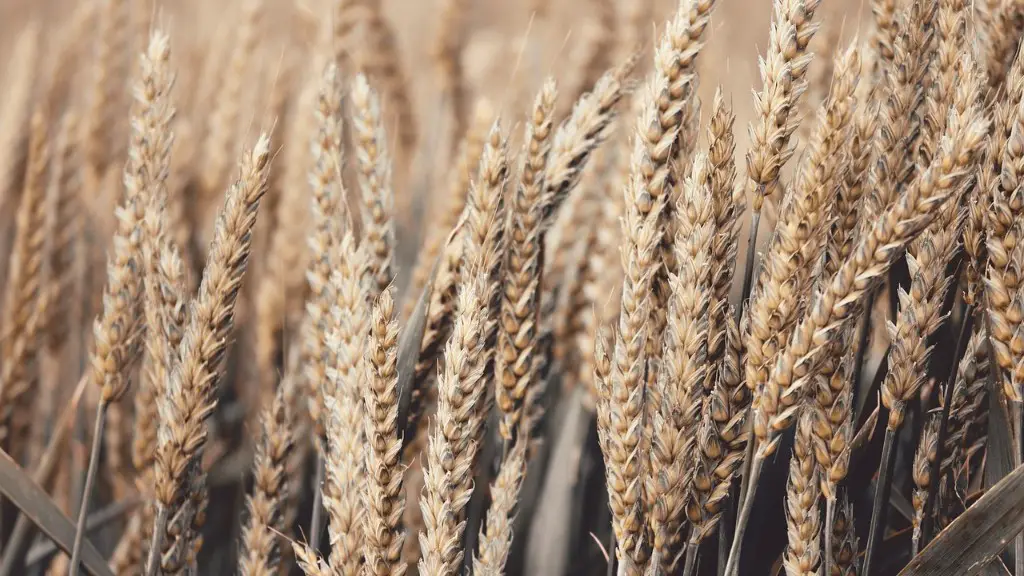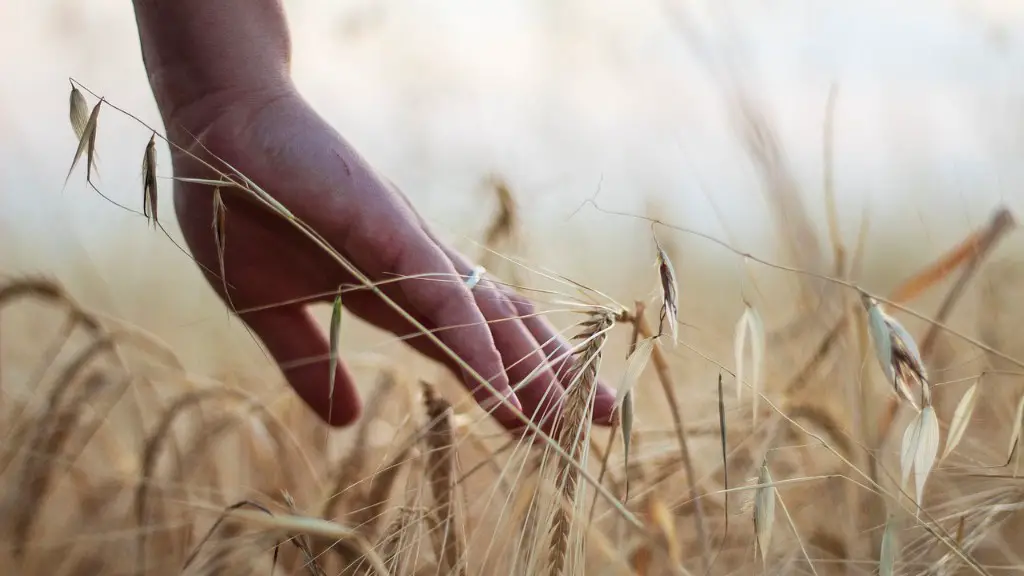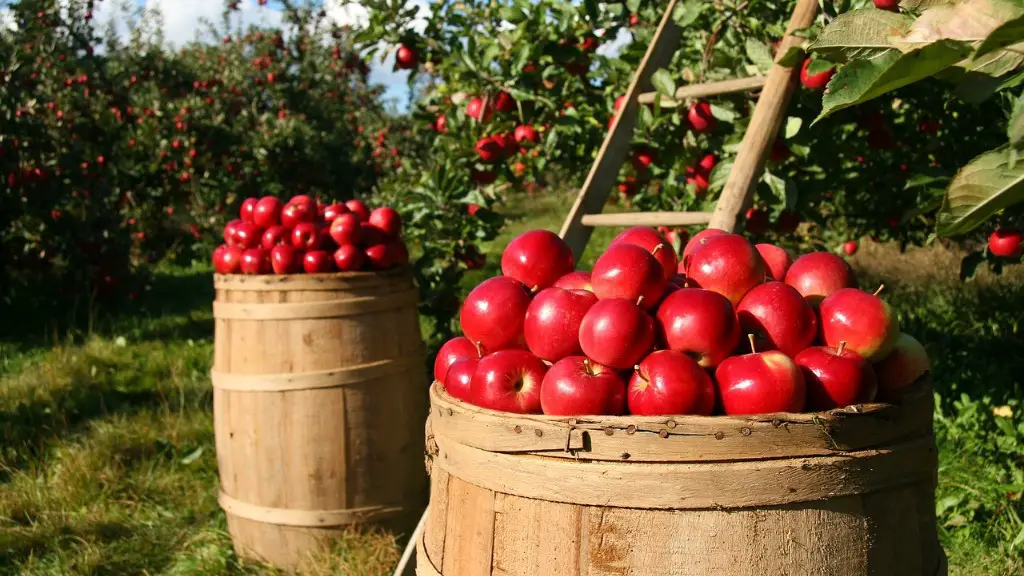In recent years, there has been a marked increase in the modernization of agriculture. This has seen the adoption of new technologies and practices that aim to improve the efficiency and productivity of farms. The use of precision agriculture, for example, has allowed farmers to more accurately target their inputs, resulting in lower costs and higher yields. Modernization of agriculture has also seen an increase in the use of mechanization and automation, which has helped to reduce the labor requirements of farming.
The modernization of agriculture is the process of making farming more efficient and productive by using new technologies and management practices. It can involve the use of new machines and equipment, new methods of planting and harvesting crops, and new approaches to animal husbandry.
What is meant by agriculture Modernisation?
Modernisation of agriculture is a process of transforming agriculture from traditional labour-based agriculture to technology-based agriculture. It is one of the fundamental issues in agricultural policies, particularly in countries, where agriculture is less developed.
The process of modernisation generally includes the introduction of new technology, new methods of production, new ways of organisation and new patterns of land use. It also encompasses the social, economic and political changes that occur as a result of the adoption of new technology and methods.
The modernisation of agriculture has the potential to bring about significant improvements in the productivity and efficiency of the sector. It can also help to reduce the negative environmental impacts of agriculture, such as soil erosion and water pollution.
However, the process of modernisation also has some downsides. It can lead to the displacement of small-scale farmers and the loss of traditional knowledge and skills. It can also increase the dependency of agriculture on external inputs, such as fertilisers and pesticides.
Overall, the modernisation of agriculture is a complex process with both positive and negative impacts. It is important to carefully consider the potential impacts of modernisation before embarking on any large-scale changes.
Modernizing irrigation infrastructure can have many benefits for agriculture. It can decrease the amount of water and energy needed to grow crops, improve yields and crop quality, and decrease the amount of contaminants running off of agricultural fields. Additionally, it can allow for more water to be available in streams and rivers, and help fish access high-quality habitats.
Who modernized agriculture
The goal of the MIDAS project is to streamline the delivery of federal assistance programs to farmers and ranchers across the United States. The project will simplify the process for applying for and receiving benefits, and will also create a centralized database of information on all federal assistance programs. This will allow the USDA to better track the impact of these programs and make more informed decisions about how to best serve the needs of farmers and ranchers.
Modernisation of agriculture is a process that is supposed to ensure productivity growth without imposing any threats to the natural environment and the well-being of animals. It is also supposed to reduce impoverishment in rural areas, as well as improve the efficiency of use of natural resources.
What is the goal of modern agriculture?
Modern farming and ranching practices aim to harvest the largest crop per acre or the most meat, milk or eggs per animal, while conserving natural resources and meeting the demands of a growing global population. Most food and fiber production in the United States today employs modern techniques.
There are many different modern farming and ranching practices, but some of the most common include using genetically-modified seeds, irrigation systems, and precision farming techniques. Farmers and ranchers also often utilize animal husbandry practices such as selective breeding and feeding to improve the productivity of their animals.
Modern farming and ranching practices have helped to increase food production in the United States, while also reducing the impact on the environment. These practices will continue to be important as the world population continues to grow and the demand for food and fiber increases.
Modern agriculture is an evolving approach that is constantly innovating in order to increase agricultural efficiency and reduce the loss of natural resources. By applying this modern technology, farmers are able to increase their productivity and yield, resulting in more profits.
How modernization affects agriculture?
Modernization in the field of agriculture has been a boon to mankind. It has increased food supply and has also played a significant role in boosting the income of farmers and the local economy.
The Indian Council of Agricultural Research (ICAR) is an autonomous body responsible for coordinating agricultural research and education in India. It was established in 1929 as a registered society under the Societies Registration Act, 1860. The ICAR has its headquarters in New Delhi. The council is the apex body for coordinating, guiding and managing research and education in agriculture in the country.
The ICAR has played a pivotal role in the Green Revolution and the White Revolution in India. It has also helped in the development of India’s Agricultural Research and Education System. The council has been successful in increasing the agricultural production in the country.
The ICAR is regulated by the Ministry of Agriculture and Farmers Welfare, Government of India. The council has a Board of Governors, which is the supreme governing body of the ICAR. The Board is headed by the Minister of Agriculture. The Board comprises representatives of the central government, state governments, union territories, agricultural universities, and research institutes.
The ICAR has six Regional Centers, which are located in different parts of the country. These Regional Centers are responsible for the coordination of agricultural research activities in their respective regions.
The ICAR has a network of 108 research institutes and 71 agricultural universities spread across the country.
What are some examples of modern agriculture
There are many different types of modern farming methods which are used nowadays in order to produce food for the growing population. These include agribusiness, intensive farming, organic farming, and sustainable agriculture. Each of these methods has its own advantages and disadvantages, and so the best approach for any particular farm will depend on the specific conditions and requirements of that farm.
The main characteristics of the modern farm are: new machinery and equipment, technologies, modern production buildings, farms apply a range of innovations, farmers are seeking knowledge are interested in innovation, take part in exhibitions, events, they are energetic, creative and implementing good management.
How can modern agriculture become more sustainable?
No-till or reduced-till methods, which involve inserting seeds directly into undisturbed soil, can reduce erosion and improve soil health. This is because there is less soil disturbance, which means that there are fewer opportunities for soil to be eroded away. Additionally, these methods can help to improve soil structure and increase organic matter levels.
It’s no secret that our food isn’t as nutritious as it used to be. The overuse of pesticides, herbicides and fungicides has taken a toll on the nutrient content of our food, and as a result, we’re not getting the same level of nutrition that our ancestors did.
In addition to being less nutritious, our food is also contaminated with these chemicals. In spite of the dangers, growers continue to use them because they’re cheaper than organic methods. But at what cost?
Conventional agriculture also has negative social consequences, including land-grabbing, unfair working conditions and excessive waste. It’s time for a change. We need to demand more from our food growers and producers. We deserve food that is nutritious and safe to eat.
What are the causes of modernization in agriculture
Modernisation of agriculture is a long and gradual process that is affected by a variety of factors. These factors can be physical (such as new technology or infrastructure), economic (such as changes in markets or policies), organisational (such as new methods of production), cultural (such as new ideas or values), motivational (such as a desire for progress), or knowledge-based (such as new research or information). While it is not possible to provide all of these factors at once, they will slowly be established and stabilised over time.
Agriculture is one of the leading contributors to environmental issues and degradation. The main problems caused by agriculture include climate change, deforestation, biodiversity loss, dead zones, genetic engineering, irrigation problems, pollutants, soil degradation, and waste. All of these problems have a negative impact on the environment and contribute to its degradation.
How does modern agriculture affect the economy?
The agricultural industry is vital to the United States economy, contributing a significant amount to the gross domestic product. Agriculture, food, and related industries contributed approximately $1264 trillion to US gross domestic product in 2021, accounting for 54% of the total. The output of America’s farms alone contributed $1647 billion of this sum, equivalent to around 0.7% of US GDP. The agricultural industry employs a significant number of Americans, with over two million people employed in the sector as of 2021. The industry is also a major export sector, with agricultural exports totaling $139 billion in 2019.
Modern chemicals have led to both increased crop yields and increased river pollution. Fertilisers help crops to grow better, but they can also leach into rivers and cause water pollution. Pests are also killed by some chemicals, meaning that more crops can be sold. However, this can also lead to reduced biodiversity as fewer species of plants and animals are present.
What are the three factors that affect modern agriculture
There are a number of environmental factors that can influence the extent of crop agriculture. Terrain can be a limiting factor, as can climate. Soil properties, such as fertility and structure, can also influence crop productivity. Soil water is another important factor, as it can affect both plant growth and the ability of crops to withstand drought conditions.
Topography, soil, and climate are the major physical factors affecting farming. Topography refers to the land’s surface features, including its relief, slope, aspect, and position on the landscape. Soil is the uppermost layer of the earth’s crust that is composed of organic and inorganic materials. Climate is the long-term average of weather, typically expressed as the mean and variability of temperature, precipitation, and wind.
Warp Up
The modernization of agriculture is the process of making farming more efficient and productive. This can be done through the use of technology, better management techniques, and improved infrastructure.
Modernization of agriculture is the process of making farming more efficient and effective with the use of technology and science. This has led to increased production of food and better working conditions for farmers. It has also resulted in the need for fewer farmers to produce the same amount of food.
